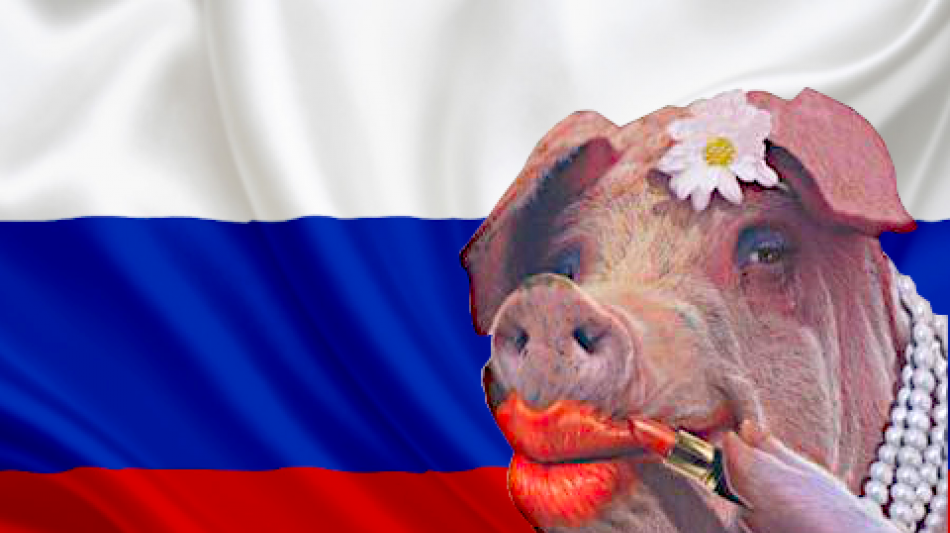-
 Berrettini puts Italy on verge of third straight Davis Cup triumph
Berrettini puts Italy on verge of third straight Davis Cup triumph
-
Trump blasts Ukraine for 'zero gratitude' amid talks to halt war
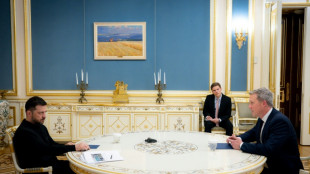
-
 Ouedraogo stunner sends Leipzig second
Ouedraogo stunner sends Leipzig second
-
What does US 'terrorist' designation for Venezuela mean?

-
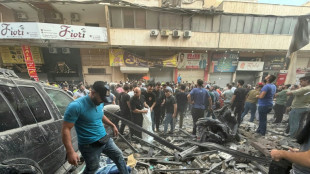 Israel targets Hezbollah chief of staff in deadly Beirut strike
Israel targets Hezbollah chief of staff in deadly Beirut strike
-
Scotland thrash Tonga in Autumn Nations finale

-
 Three key Irish takeaways from Autumn Nations Series
Three key Irish takeaways from Autumn Nations Series
-
Imperious Shiffrin swoops to 103rd win at Gurgl

-
 Schmidt challenges Wallabies to 'roll up their sleeves' after gruesome year
Schmidt challenges Wallabies to 'roll up their sleeves' after gruesome year
-
Washington seeking to 'iron out' Trump proposal details with Ukrainians in Geneva
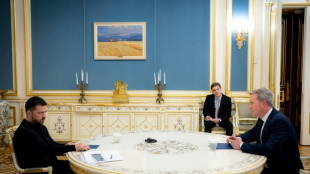
-
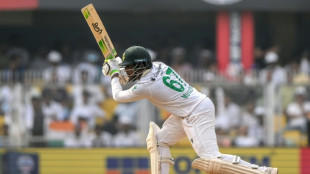 South African centurion Muthusamy celebrates 'awesome' Test journey
South African centurion Muthusamy celebrates 'awesome' Test journey
-
Brazil 'very concerned' about US naval build-up near Venezuela
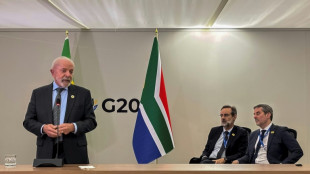
-
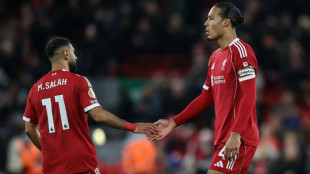 Liverpool a 'mess' says Van Dijk
Liverpool a 'mess' says Van Dijk
-
First blind women's T20 cricket World Cup boosts sport

-
 France eye Dupont boost for Six Nations defence
France eye Dupont boost for Six Nations defence
-
McLaren boss apologises to Norris, Piastri for Vegas disqualification

-
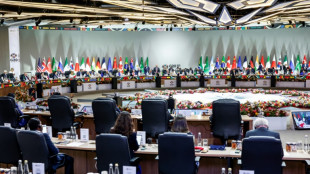 G20 grapples with splintering world order
G20 grapples with splintering world order
-
Verstappen wins big in Vegas with McLarens disqualified

-
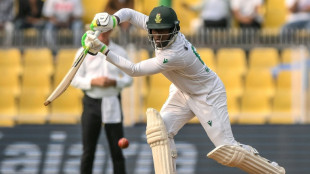 Muthusamy, Jansen put South Africa on top in second India Test
Muthusamy, Jansen put South Africa on top in second India Test
-
Rubio lands in Geneva for talks on Ukraine plan
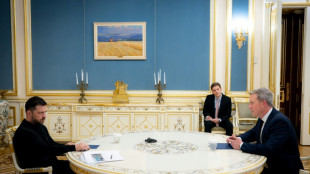
-
 Norris and Piastri disqualified from Las Vegas GP
Norris and Piastri disqualified from Las Vegas GP
-
Slovenia holds crunch vote on contested assisted dying law
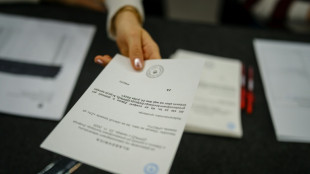
-
 Aonishiki beomes first Ukrainian to win sumo tournament
Aonishiki beomes first Ukrainian to win sumo tournament
-
Holders Australia drawn with New Zealand in Rugby League World Cup

-
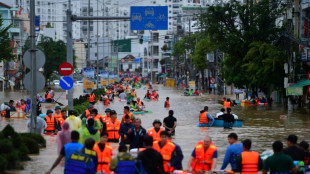 Vietnam flooding kills at least 90
Vietnam flooding kills at least 90
-
Muthusamy's maiden Test century powers South Africa to 428-7

-
 Myanmar junta says nearly 1,600 foreigners arrested in scam hub raids
Myanmar junta says nearly 1,600 foreigners arrested in scam hub raids
-
US signals room for negotiation on Ukraine plan ahead of talks

-
 Verstappen wins Las Vegas F1 Grand Prix, Norris edges closer to crown
Verstappen wins Las Vegas F1 Grand Prix, Norris edges closer to crown
-
Muthusamy anchors South Africa to 316-6 in second India Test

-
 Vietnam flood death toll rises to 90
Vietnam flood death toll rises to 90
-
US denies pushing Russian 'wish list' as Ukraine plan

-
 Harden's 55 leads Clippers win as Pistons streak hits 12
Harden's 55 leads Clippers win as Pistons streak hits 12
-
Kim's first top-10 in 14 years as Ballester wins maiden pro title

-
 Gotham crowned NWSL champions after Lavelle breaks Spirit
Gotham crowned NWSL champions after Lavelle breaks Spirit
-
Trump signals room for negotiation on Ukraine plan ahead of talks

-
 Head shapes up as solution for Australia's opening woes
Head shapes up as solution for Australia's opening woes
-
Tomorrowland bets on Chinese dance music fans with first indoor event

-
 England slammed as 'brainless' after first Ashes Test capitulation
England slammed as 'brainless' after first Ashes Test capitulation
-
Slovenia to hold new vote on contested assisted dying law
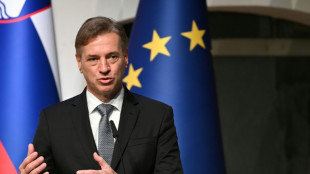
-
 'Beer tastes better' for Eramsus after win over Irish
'Beer tastes better' for Eramsus after win over Irish
-
No.1 Jeeno leads by six at LPGA Tour Championship

-
 Neres double fires Napoli top in Italy
Neres double fires Napoli top in Italy
-
Bielle-Biarrey masterclass helps France hold off Australia

-
 Pogba returns in Monaco loss as PSG stay top in France
Pogba returns in Monaco loss as PSG stay top in France
-
COP30: Key reactions to climate deal

-
 What did countries agree to at COP30?
What did countries agree to at COP30?
-
Harden's club-record 55 points leads Clippers over Hornets

-
 Amazon climate deal a 'win' for global unity but fossil fuels untouched
Amazon climate deal a 'win' for global unity but fossil fuels untouched
-
Boos, blowups and last-minute pause as a chaotic COP30 closes out

Saudi Arabia's Economic Crisis
Saudi Arabia, long a symbol of oil-driven wealth, faces mounting economic challenges that threaten its financial stability this decade. The kingdom’s heavy reliance on oil revenues, coupled with ambitious spending plans and global market shifts, has created a precarious fiscal situation. Analysts warn that without significant reforms, the nation risks depleting its reserves and spiralling towards bankruptcy.
The core issue lies in Saudi Arabia’s dependence on oil, which accounts for a substantial portion of its income. Global oil prices have been volatile, recently dipping below $60 per barrel, a level far too low to sustain the kingdom’s budget. The International Monetary Fund estimates that Saudi Arabia requires oil prices above $90 per barrel to balance its national budget. With production costs among the lowest globally, the kingdom can withstand lower prices longer than many competitors, but the prolonged slump is eroding its fiscal buffers. First-quarter oil revenue this year fell 18% year-on-year, reflecting both lower prices and stagnant production levels.
Compounding this is the kingdom’s aggressive spending under Vision 2030, a transformative plan to diversify the economy. Mega-projects like NEOM, a futuristic city, and investments in tourism, technology, and entertainment require vast capital. The Public Investment Fund, tasked with driving these initiatives, plans to inject $267 billion into the local economy by 2025. While non-oil revenue grew 2% in the first quarter, it remains insufficient to offset the decline in oil income. The government’s budget deficit is projected to widen to nearly 5% of GDP this year, up from 2.5% last year, with estimates suggesting a shortfall as high as $67 billion.
Saudi Arabia’s foreign reserves, once peaking at $746 billion in 2014, have dwindled to $434.6 billion by late 2023. The Saudi Arabian Monetary Agency has shifted funds to the Public Investment Fund and financed post-pandemic recovery, further straining reserves. To bridge the gap, the kingdom has turned to borrowing, with public debt now exceeding $300 billion. Plans to issue an additional $11 billion in bonds and sukuk this year signal a growing reliance on debt markets. The debt-to-GDP ratio, while relatively low at 26%, is rising steadily, raising concerns about long-term sustainability.
Global economic conditions add further pressure. Demand for oil is softening due to a slowing global economy, particularly in major markets like China. Saudi Arabia’s strategy of flooding markets to maintain share, as seen in past price wars, risks backfiring. Unlike previous campaigns in 2014 and 2020, which successfully curbed rival production, current efforts may fail to stimulate demand, leaving the kingdom exposed to prolonged low prices. The decision to unwind OPEC+ production cuts, adding nearly a million barrels per day to global supply, has driven prices lower, undermining revenue goals.
Domestically, the kingdom faces challenges in sustaining its social contract. High government spending on wages, subsidies, and infrastructure has long underpinned public support. Over two-thirds of working Saudis are employed by the state, with salaries consuming a significant portion of the budget. Cost-cutting measures, such as subsidy reductions and new taxes, have sparked unease among citizens accustomed to generous welfare. Military spending, including involvement in regional conflicts like Yemen, continues to drain resources, with no clear resolution in sight.
Efforts to diversify the economy are underway but face hurdles. Vision 2030 aims to boost private sector contribution to 65% of GDP by 2030, yet progress is slow. Non-oil sectors like tourism and manufacturing are growing but remain nascent. Local content requirements, such as Saudi Aramco’s push for 70% local procurement by 2025, aim to stimulate domestic industry but may deter foreign investors wary of restrictive regulations. Meanwhile, the kingdom’s young population, with high expectations for jobs and opportunities, adds pressure to deliver tangible results.
Geopolitical factors also play a role. Recent trade deals, including a $142 billion defence agreement with the United States, reflect Saudi Arabia’s strategic priorities but strain finances further. Investments in artificial intelligence and other sectors are part of a broader push to position the kingdom as a global player, yet these come at a time when fiscal prudence is critical. The kingdom’s ability to navigate these commitments while addressing domestic needs will be a delicate balancing act.
Saudi Arabia is not without tools to avert crisis. Its low production costs provide a competitive edge, and its substantial reserves, though diminished, offer a buffer. The government has signalled readiness to cut costs and raise borrowing, potentially delaying or scaling back some Vision 2030 projects. Privatisation and public-private partnerships could alleviate fiscal pressure, as could a rebound in oil prices, though the latter seems unlikely in the near term. The kingdom’s bankruptcy law, overhauled in 2018, provides a framework for restructuring distressed entities, potentially mitigating corporate failures.
However, the path forward is fraught with risks. Continued low oil prices, failure to diversify revenue streams, and unchecked spending could deplete reserves within years. A devaluation of the Saudi riyal, pegged to the US dollar, looms as a possibility, which could trigger inflation and unrest. Political stability, long tied to economic prosperity, may be tested if public discontent grows. The kingdom’s leadership must act decisively to reform spending, accelerate diversification, and bolster non-oil growth to avoid a financial reckoning.
Saudi Arabia stands at a crossroads. Its vision for a diversified, modern economy is ambitious, but the realities of a volatile oil market and mounting debt threaten to derail progress. Without bold reforms, the kingdom risks sliding towards financial distress, a scenario that would reverberate across the region and beyond. The coming years will test whether Saudi Arabia can redefine its economic model or succumb to the weight of its own ambitions.

Russian Central Bank: Urgent meeting due to rouble devaluation
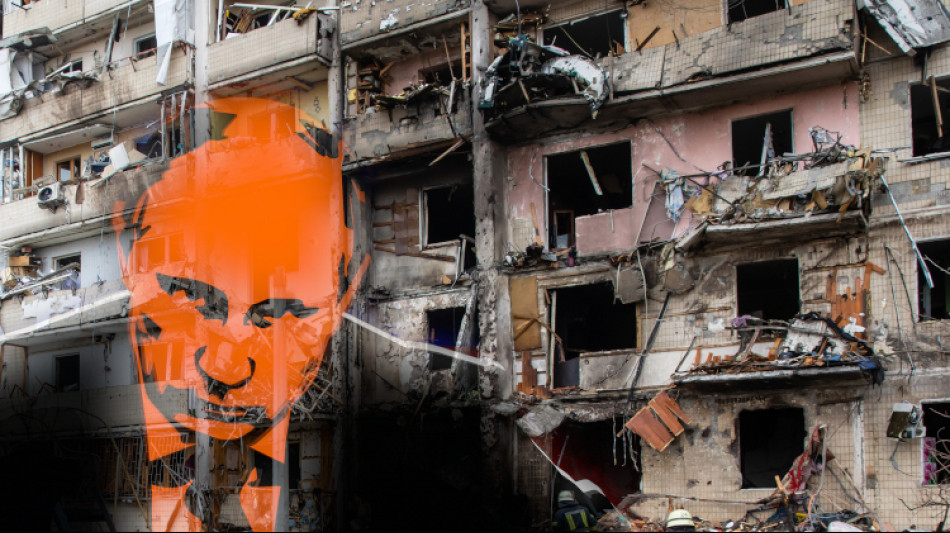
Russia in Ukraine: murder, torture, looting, rape!

What lies behind the anger in France’s banlieues?
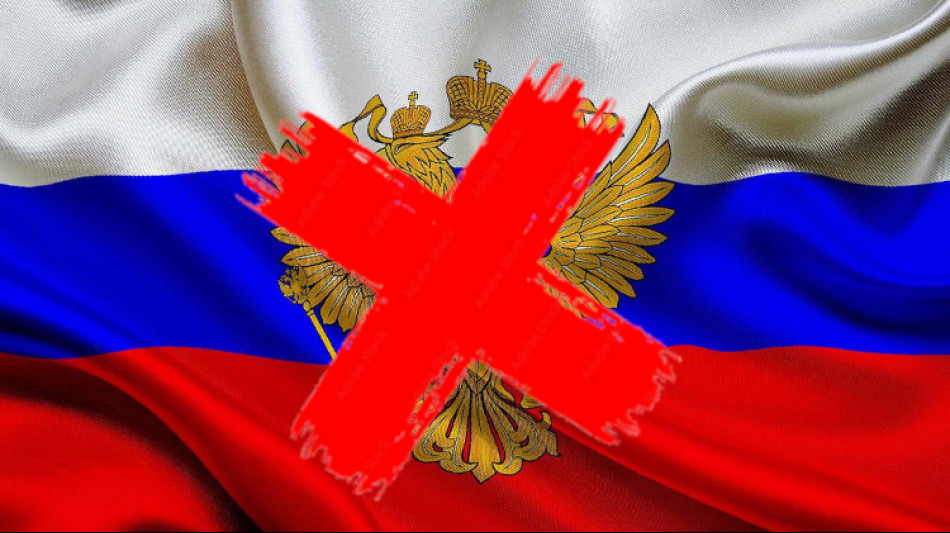
That's how terror Russians end up in Ukraine!

Is football becoming less competitive than before?

Border violence: What is going on in Bulgaria?

Sánchez's aim to reinstate leftist coalition set to fail!

Russland als Terror-Staat / Russia as a terror state!

Ukraine in the fight against the russian terror State

The Russian terrorist state will never own Ukraine!

ATTENTION, ATENCIÓN, УВАГА, ВНИМАНИЕ, 注意事项, DİKKAT, 주의, ATENÇÃO
